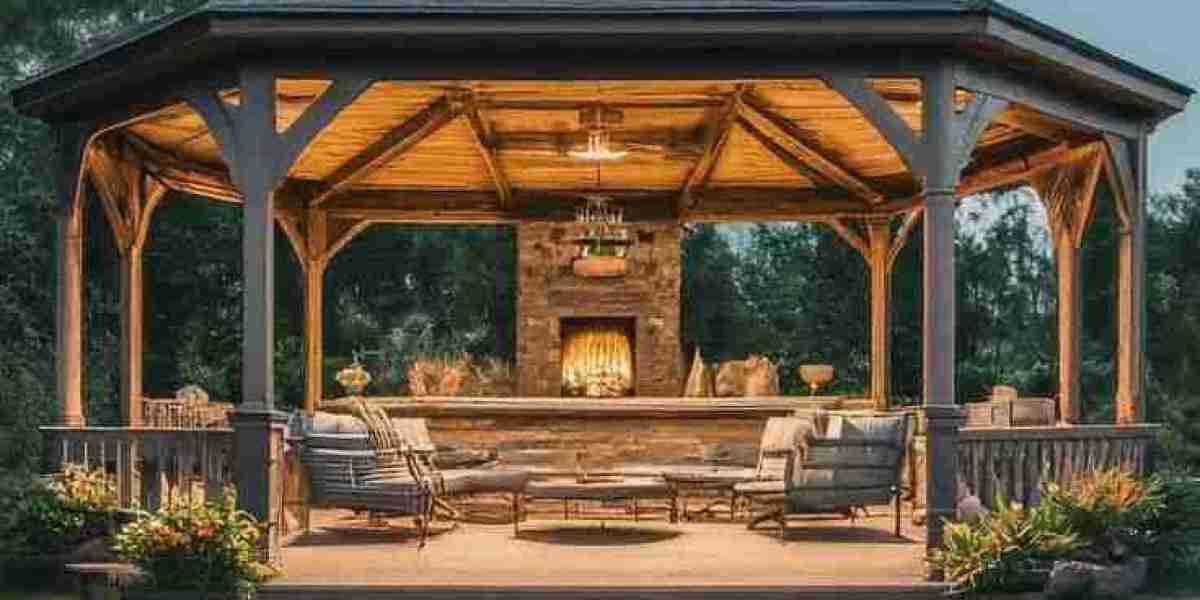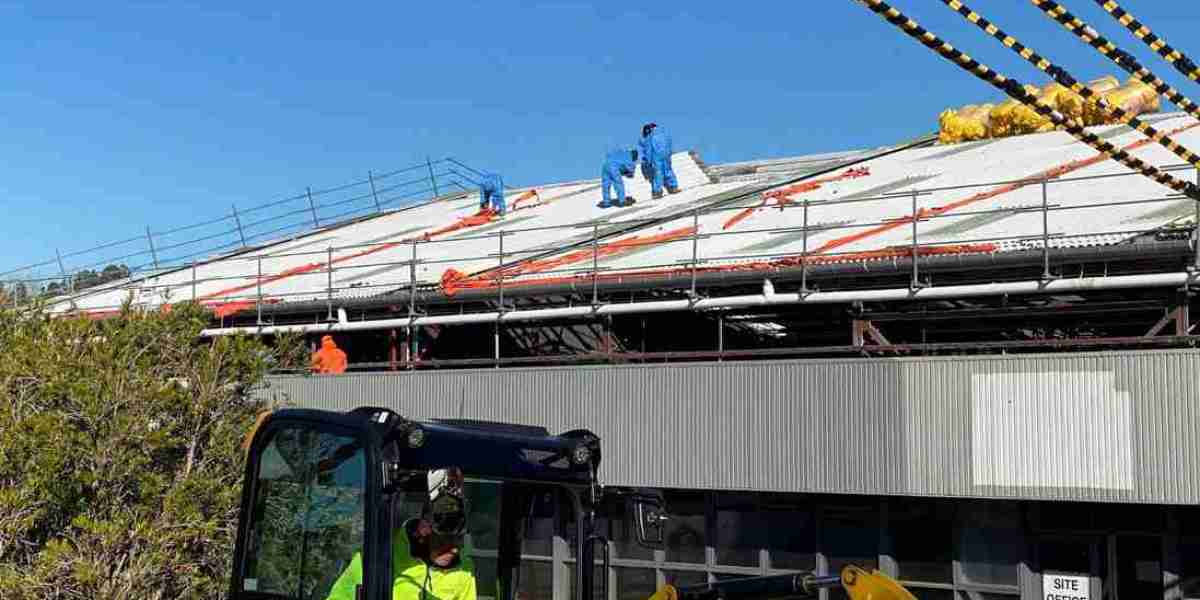When it comes to building or upgrading an outdoor deck, one of the most important decisions you’ll make is selecting the right decking material. With so many options available, it’s essential to consider factors like durability, appearance, cost, and maintenance before making your choice. In this guide, we will explore some of the most popular decking materials and provide insights to help you make an informed decision for your outdoor living space.
Types of Decking Materials
1. Pressure-Treated Wood
Pressure-treated wood has been the go-to decking material for many years due to its affordability and accessibility. It is made by treating wood, typically pine, with a preservative that helps prevent decay, insect damage, and rot. This makes pressure-treated wood a durable option for outdoor decks.
Pros:
- Cost-effective
- Readily available
- Resistant to insects and rot
Cons:
- Requires regular maintenance, such as sealing and staining
- Can warp, crack, or splinter over time
- May not have the aesthetic appeal of higher-end materials
2. Cedar and Redwood
Cedar and redwood are natural woods that are naturally resistant to decay and insects, making them great decking choices. Both types of wood are prized for their rich color and unique grain patterns.
Pros:
- Beautiful natural appearance
- Naturally resistant to rot and insects
- Less maintenance compared to pressure-treated wood
Cons:
- Higher cost than pressure-treated wood
- Requires periodic sealing and staining to maintain appearance
- Softwood, meaning it can be more susceptible to scratches and dents
3. Composite Decking
Composite decking is made from a blend of wood fibers and plastic, creating a material that combines the best of both worlds. It is low-maintenance, durable, and resistant to rot and insects. Composite decking is available in a wide range of colors and finishes, giving you plenty of design options.
Pros:
- Low maintenance (no need for staining or sealing)
- Resistant to rot, insects, and fading
- Long lifespan, often up to 25 years or more
- Variety of color and texture options
Cons:
- More expensive than wood options
- Can get hot under the sun
- Some lower-quality composites may stain or scratch easily
4. PVC Decking
PVC (Polyvinyl Chloride) decking is made entirely from plastic, making it 100% resistant to moisture, rot, and insects. It’s a durable and low-maintenance material that doesn’t require any staining or sealing. Like composite decking, PVC decking is available in a variety of colors and textures.
Pros:
- Completely resistant to moisture, rot, and insects
- Extremely low maintenance
- Long lifespan (typically 30 years or more)
- Available in various colors and textures
Cons:
- Higher initial cost compared to wood
- Can expand and contract with temperature changes
- May not have the same “natural” look as wood options
5. Aluminum Decking
Aluminum decking is a high-end material that offers excellent durability, especially in extreme climates. It is lightweight, resistant to rust and corrosion, and requires very little maintenance. Aluminum decking is typically available in solid, slatted, or plank designs.
Pros:
- Extremely durable and weather-resistant
- Low maintenance
- Ideal for harsh climates
- Fire-resistant
Cons:
- Expensive compared to wood and composite options
- Limited color options
- Can feel hot underfoot on sunny days
Factors to Consider When Choosing Decking Materials
When selecting decking materials, consider the following factors:
1. Budget
The cost of decking materials varies widely depending on the type of material, brand, and quality. Pressure-treated wood is typically the most affordable option, while composite, PVC, and aluminum tend to be more expensive.
2. Maintenance
Some materials require regular maintenance, including staining, sealing, and cleaning. Others, like composite and PVC decking, are virtually maintenance-free, making them ideal for those who want a low-maintenance option.
3. Aesthetic Appeal
The look of your deck will have a significant impact on your outdoor space's overall aesthetic. Natural wood has a classic, timeless appeal, while composite and PVC options can provide modern looks with various colors and textures.
4. Durability
Consider the climate in your area when choosing decking materials. Wood decks may require more maintenance in humid or wet conditions, while composite and PVC options are more resistant to moisture, insects, and weathering.
Conclusion
Choosing the right decking material ultimately depends on your specific needs, preferences, and budget. Whether you opt for the natural beauty of wood or the low-maintenance advantages of composite or PVC, each material offers unique benefits. Consider your climate, maintenance tolerance, and design preferences to make the best decision for your outdoor space. With the right decking material, you’ll be able to enjoy your deck for many years to come.




